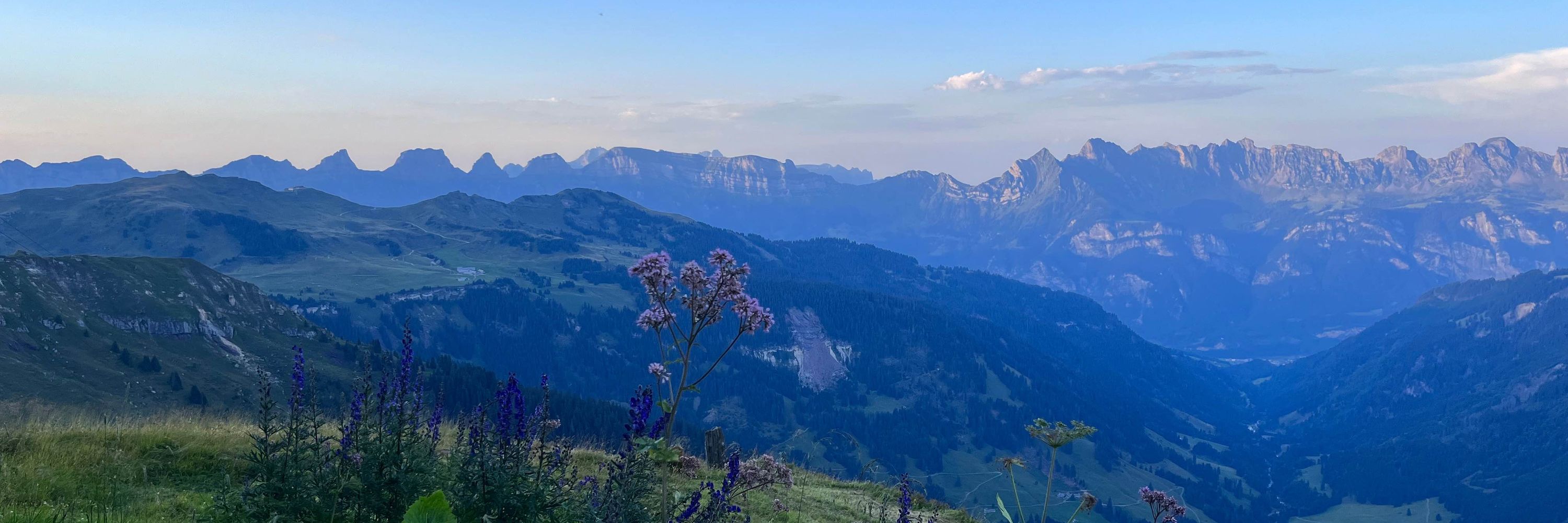
Also thanks to my wonderful coauthors @igashov.bsky.social , @rne.bsky.social , @mmbronstein.bsky.social and supervisors @pschwllr.bsky.social and Bruno Correia. ❤️
Also thanks to my wonderful coauthors @igashov.bsky.social , @rne.bsky.social , @mmbronstein.bsky.social and supervisors @pschwllr.bsky.social and Bruno Correia. ❤️
I’ll be presenting this work at:
🧬 GEMbio workshop: Sun 27th (Hall 4#4)
🔬 AI4Mat workshop: Mon 28th (Topaz Concourse).
If you're around #ICLR2025, let’s chat! 😊
I’ll be presenting this work at:
🧬 GEMbio workshop: Sun 27th (Hall 4#4)
🔬 AI4Mat workshop: Mon 28th (Topaz Concourse).
If you're around #ICLR2025, let’s chat! 😊
We also propose a robust evaluation framework:
✅ “Hard” fragment recovery
✅ “Soft” pharmacophoric similarity
This gives a nuanced view of what the model learns – and shows improvements over docking-based screening baselines.
We also propose a robust evaluation framework:
✅ “Hard” fragment recovery
✅ “Soft” pharmacophoric similarity
This gives a nuanced view of what the model learns – and shows improvements over docking-based screening baselines.
This means:
🔹 You can flexibly explore new fragment libraries
🔹 No retraining required
🔹 Outputs stay valid & structure-aware
🔹 More expressive than vanilla virtual screening
All in one unified latent space ✨
This means:
🔹 You can flexibly explore new fragment libraries
🔹 No retraining required
🔹 Outputs stay valid & structure-aware
🔹 More expressive than vanilla virtual screening
All in one unified latent space ✨
We then extended this to a generative flow matching framework:
🧠 It learns distributions over fragment latents & spatial arrangements
🧪 Conditioned directly on protein surfaces
✅ No decoder needed
✅ Chemically realistic by construction
We then extended this to a generative flow matching framework:
🧠 It learns distributions over fragment latents & spatial arrangements
🧪 Conditioned directly on protein surfaces
✅ No decoder needed
✅ Chemically realistic by construction
💡 Fragment encoder:
We first train a protein–fragment encoder with contrastive loss to map both fragments and protein surfaces into a shared latent space.
It captures interaction-relevant features, which can be used directly for fast virtual screening 🚀.
💡 Fragment encoder:
We first train a protein–fragment encoder with contrastive loss to map both fragments and protein surfaces into a shared latent space.
It captures interaction-relevant features, which can be used directly for fast virtual screening 🚀.
Fragment-based design = build better drugs by combining small fragment that each have key interactions.
But:
❗Fragments bind weakly
❗Standard screening is inefficient
So we built a contrastive learning model to learn how fragments interact with protein pockets. 🧬
Fragment-based design = build better drugs by combining small fragment that each have key interactions.
But:
❗Fragments bind weakly
❗Standard screening is inefficient
So we built a contrastive learning model to learn how fragments interact with protein pockets. 🧬

